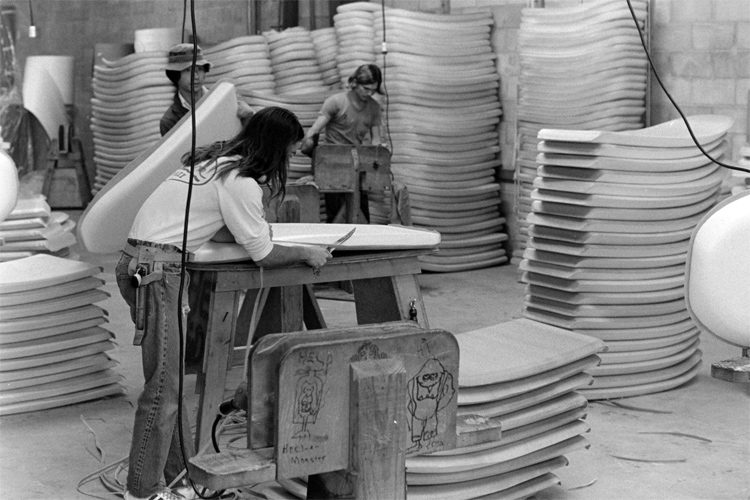Craig Libuse is a key personality in the history of bodyboarding.
Not only was he Tom Morey's art director for 15 years, but he also documented the challenging period that led to the creation of one of the most popular water sports on the planet.
Libuse studied industrial design at the University of California, Los Angeles (UCLA) and joined the inventor of the boogie board's company in the 1970s.
In fact, he was one of his first customers and the designer of the original Morey Boogie logo.
While working at the legendary bodyboarding company, Craig Libuse photographed the workers, the bodyboard-making process, and the factory itself.
"I recently came across a binder of old negatives and contact sheets of black-and-white film I shot while working at Tom Morey & Company. Most are from the Roosevelt Street factory in Carlsbad," explains Libuse.
"I don't recall the reason for taking the shots, but I don't think they were ever published anywhere, so no one has seen these before - this would have been 'trade secret technology at the time."
The photographer believes that these shots were taken around early 1978. They represent incredible and rare pieces of the bodyboarding history puzzle.
Craig Libuse donated all the photos and documents he had in his files from this period to the California Surf Museum in Oceanside.
Let's dive into the magic world of Morey Boogie and its factory in Carlsbad:
1. Tom Morey & Company: Employees and Partners
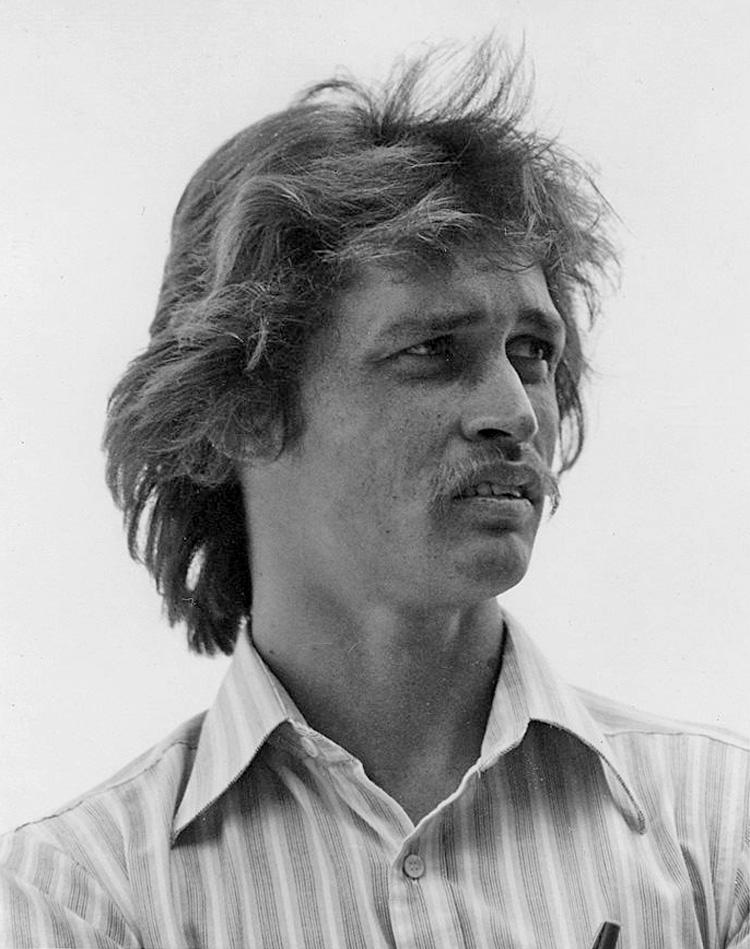
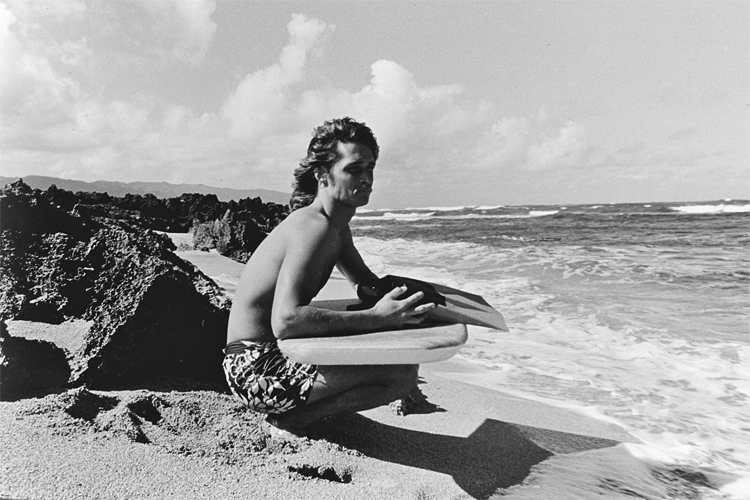
Bobby Szabad was Tom Morey's first production employee. He went on to create his own brand, BZ.
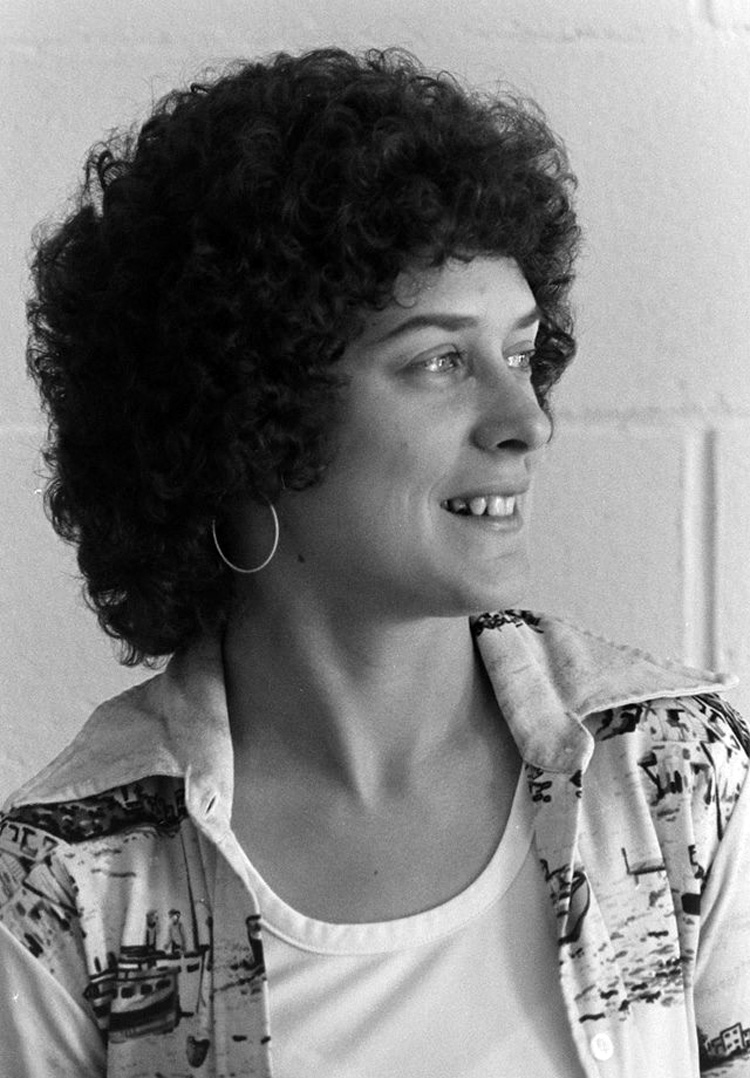
This is Lynne Juliano Seymour.
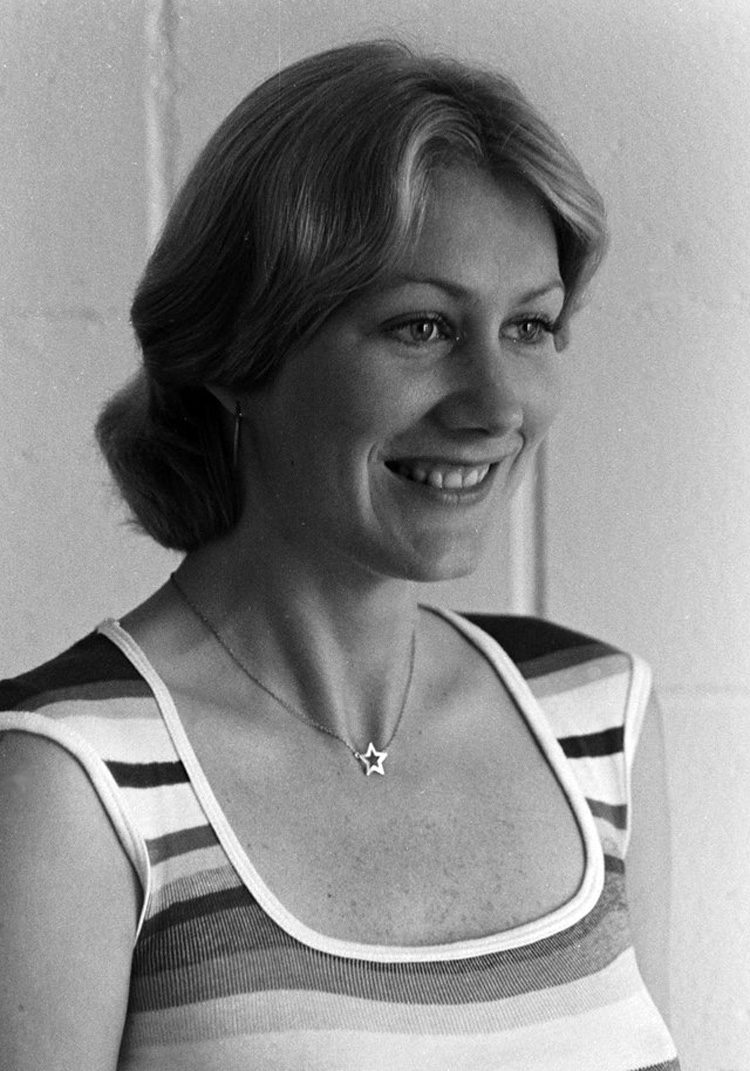
An unidentified Tom Morey & Company employee smiles for the camera.
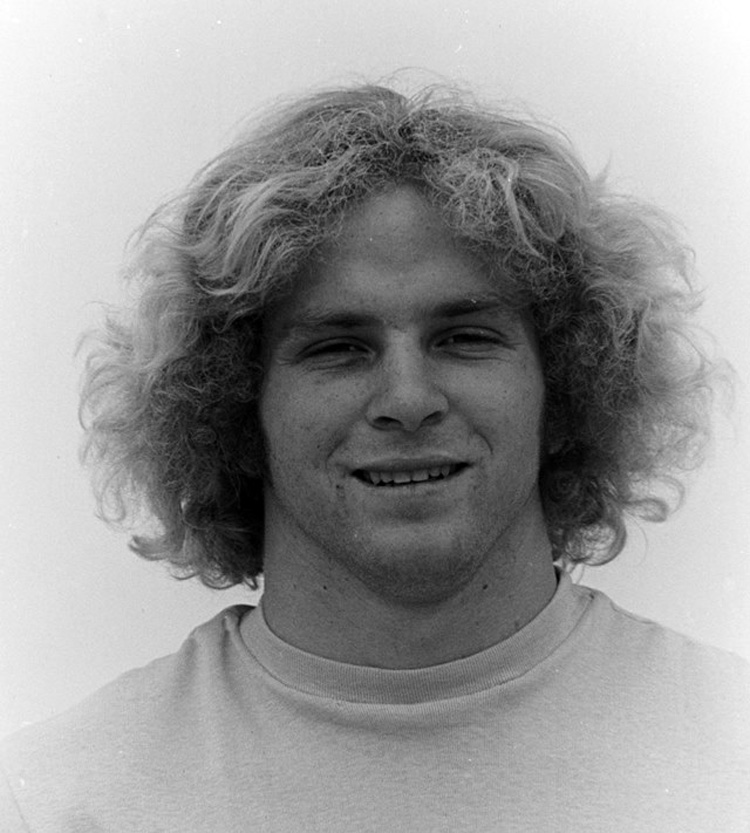
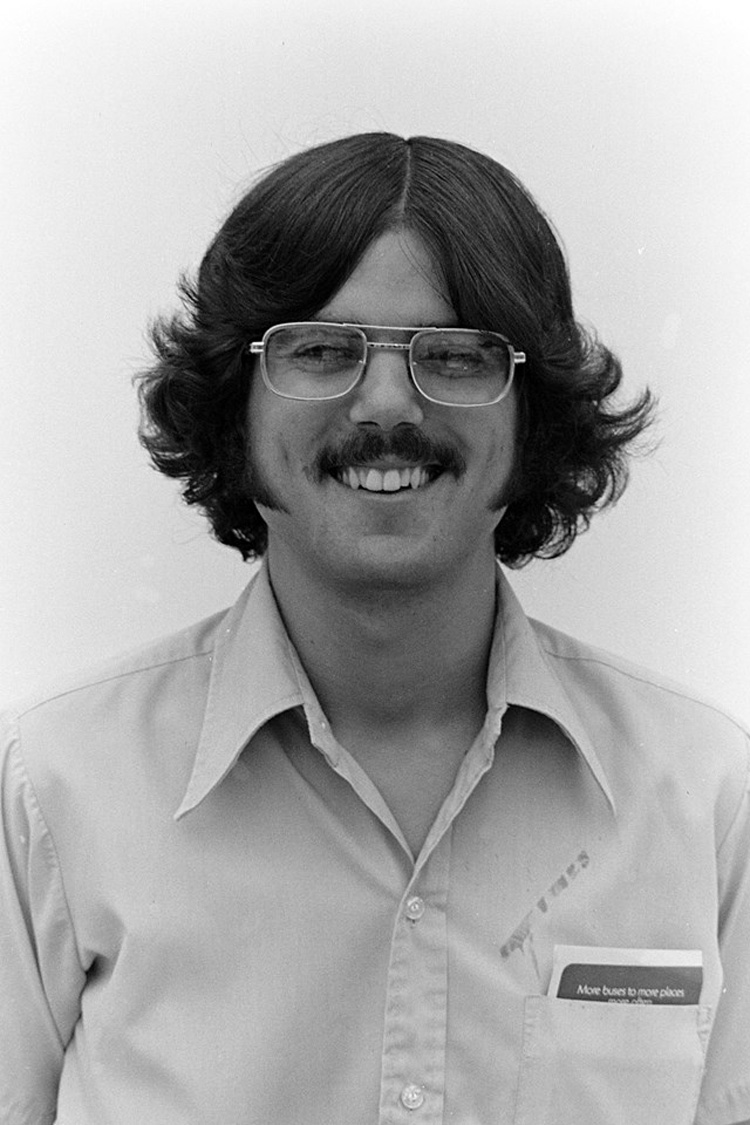
The 1970s hairstyles were eccentric.
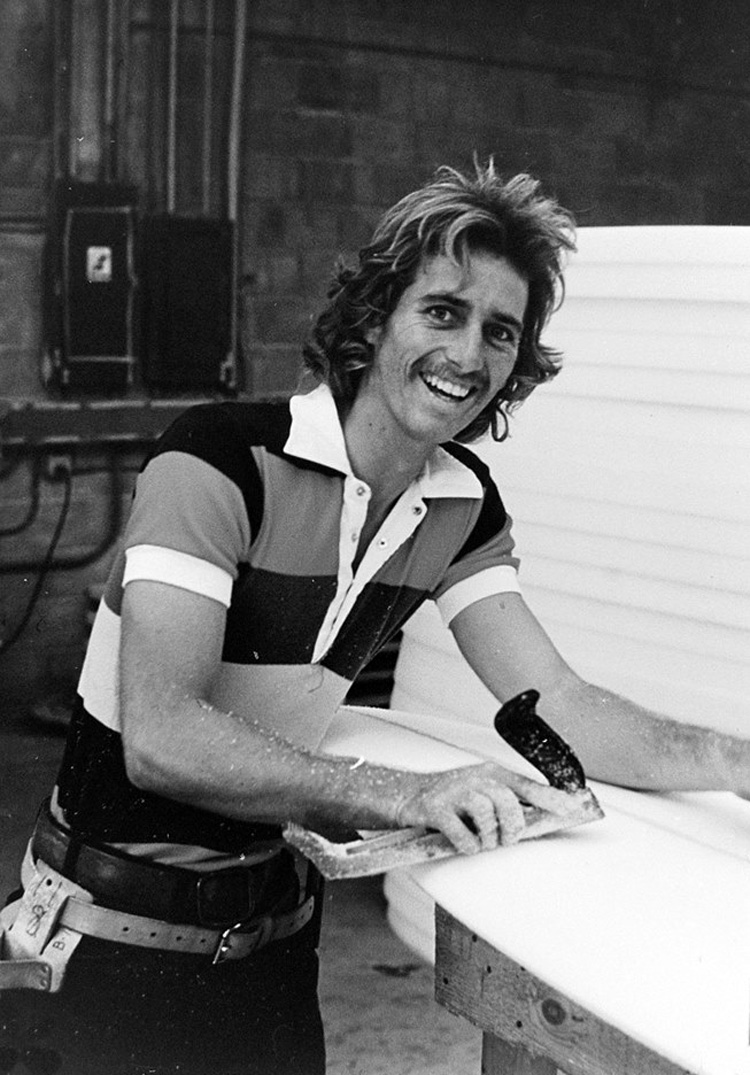
Joey Gibbs shaping Doyle boards with a surform tool.
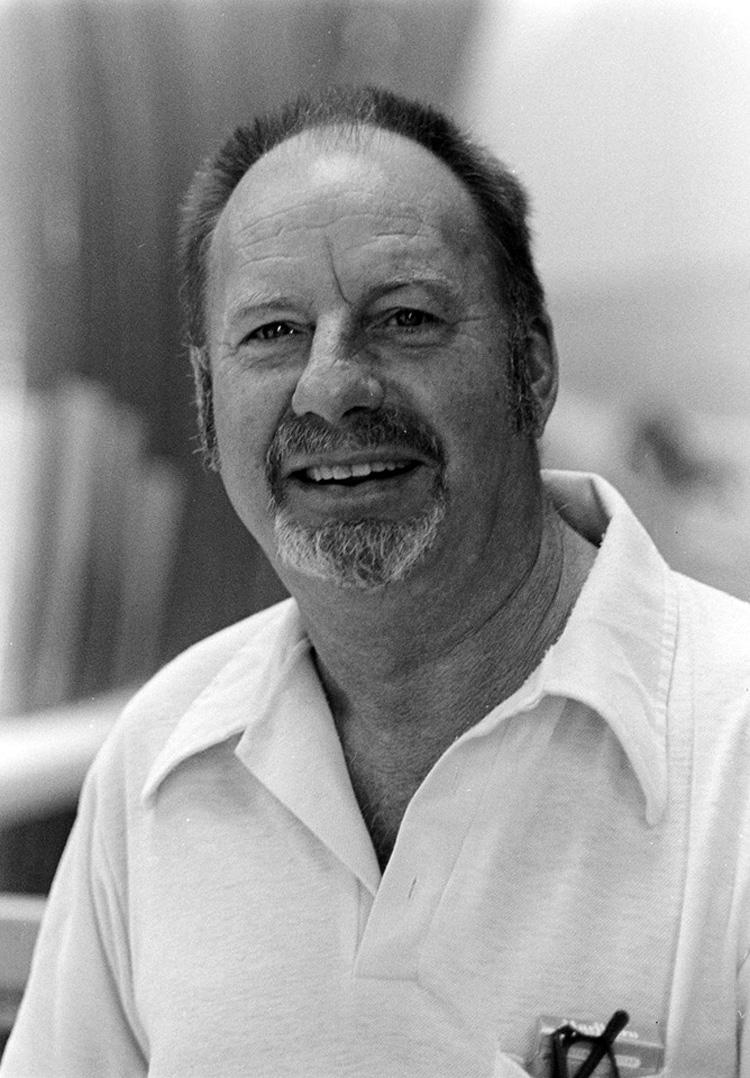
Germaine "Jim" Faivre was Tom Morey's partner and a major force in the design of the production fixtures. He was a custom knifemaker and a key brain behind the early production process.
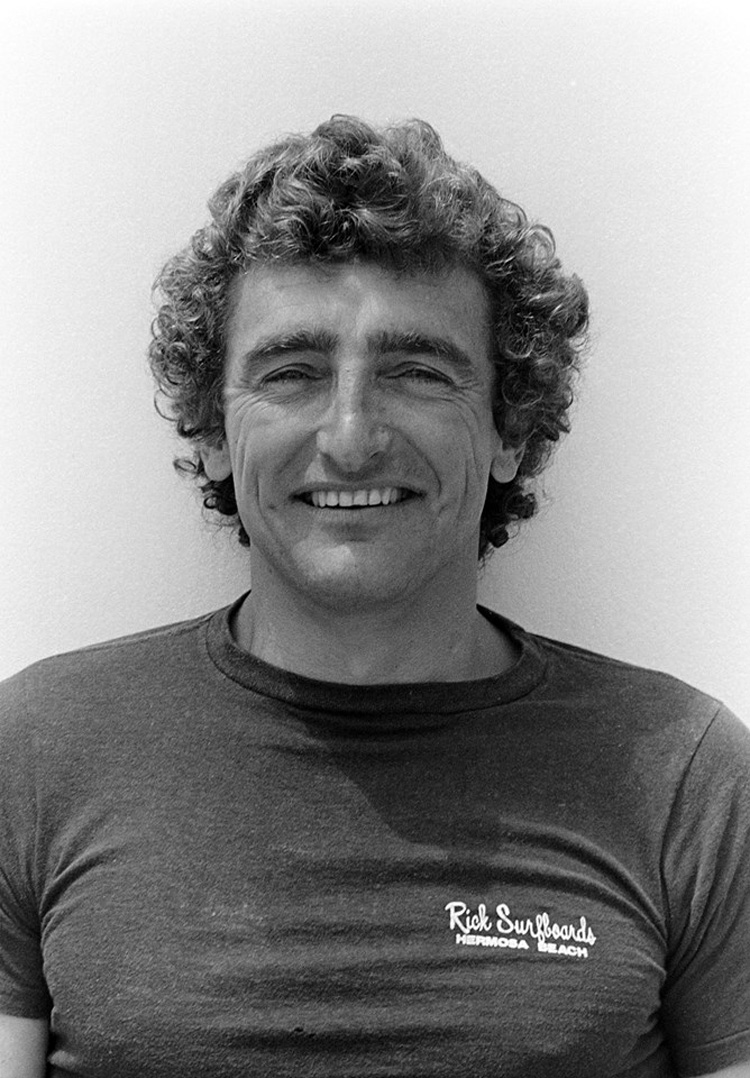
Surfboard shaper Mike Doyle teamed up with Tom Morey to create the first soft surfboard in 1974.
2. Shaping a Morey Boogie Board
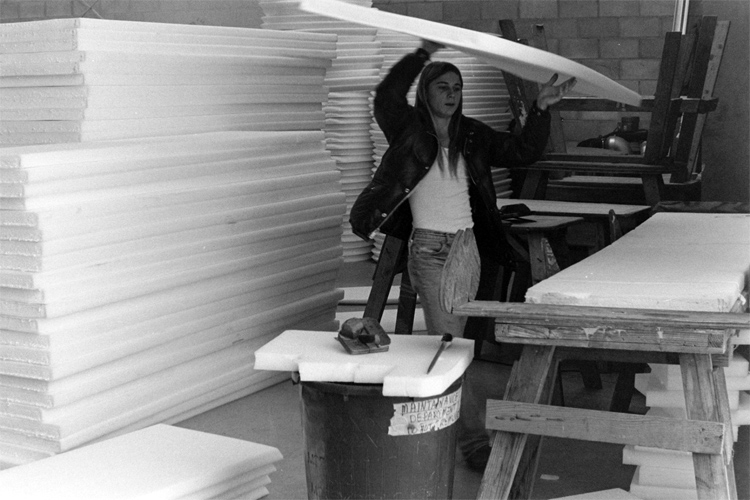
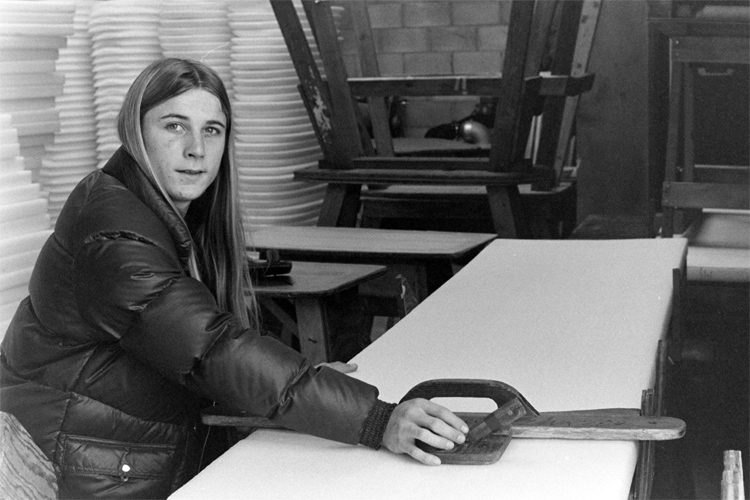
Here's how you cut a blank to length. The wooden fixture with a kitchen knife sticking through it was pushed along the wooden guide to make the cut.
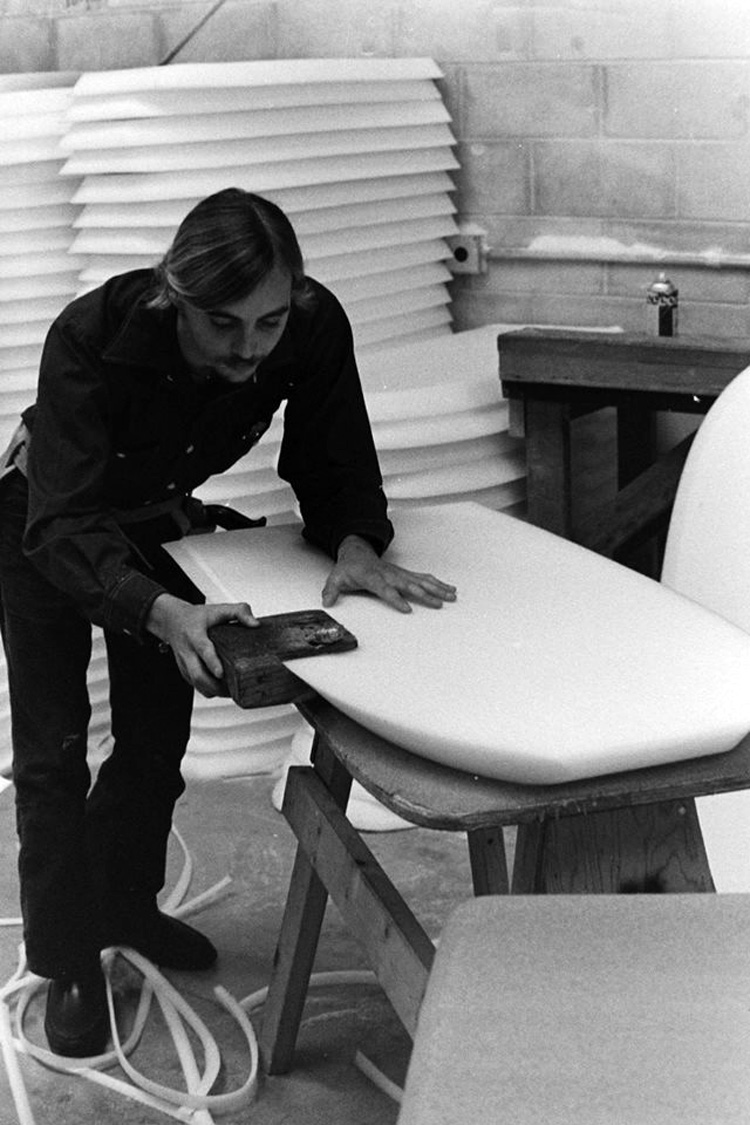
Employees used an angled knife in a wood fixture for cutting the side rail angle.
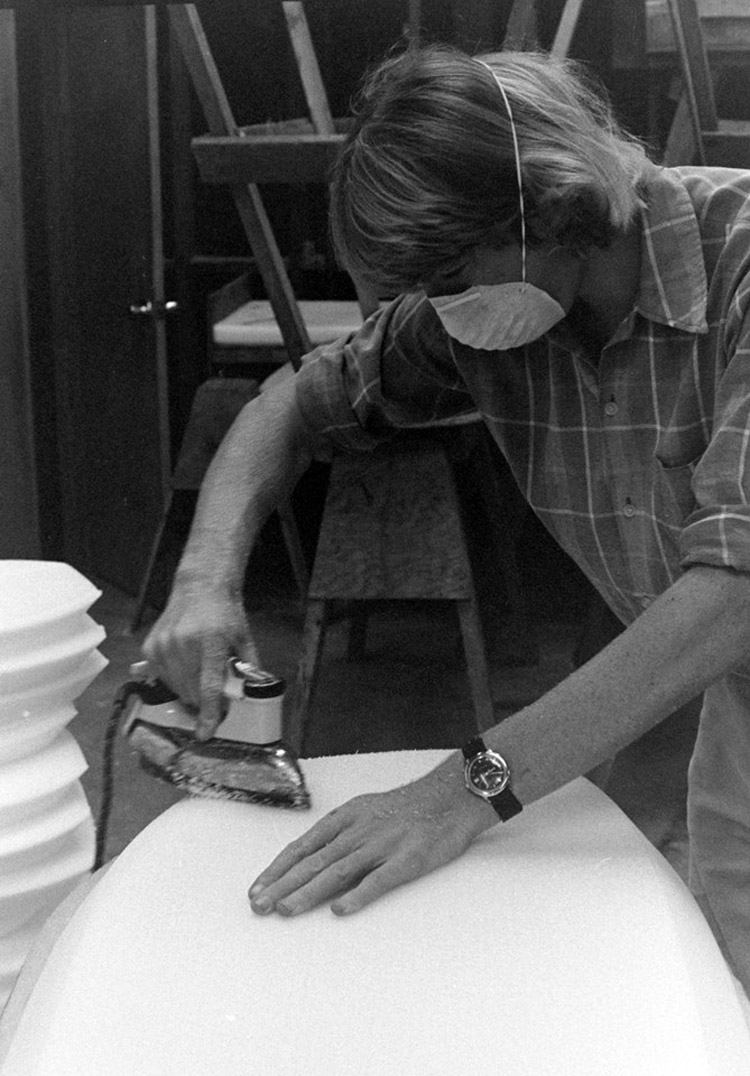
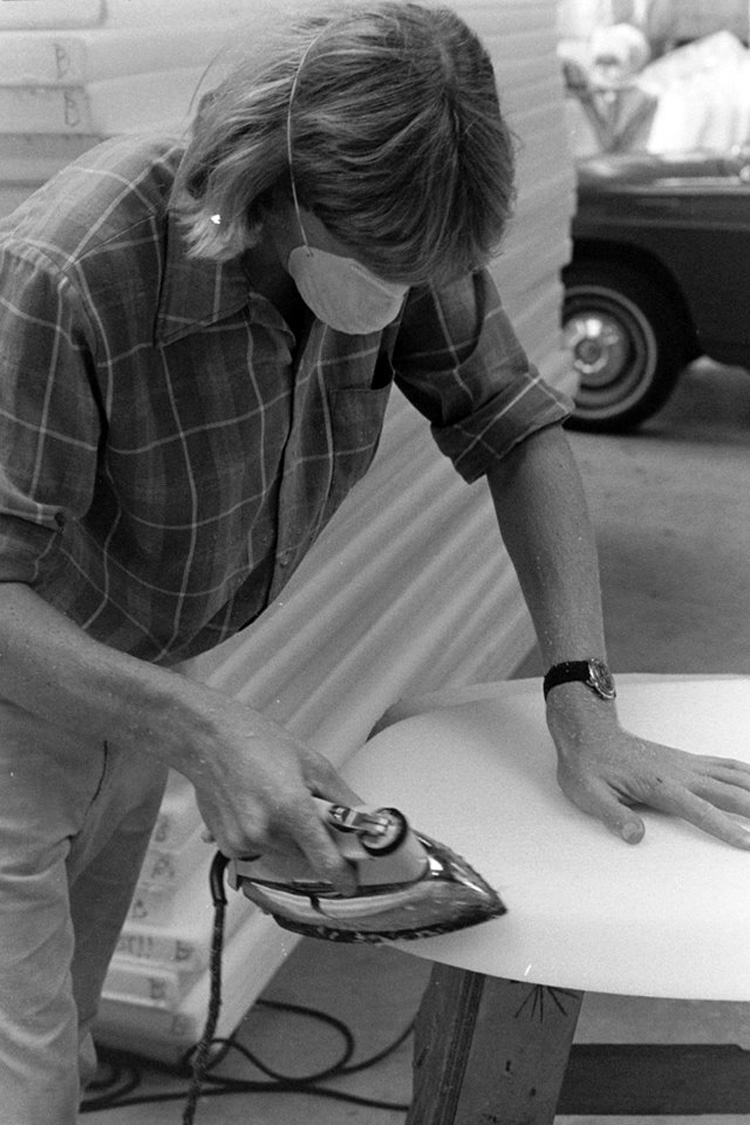
Time to shape the nose of a blank with an iron.
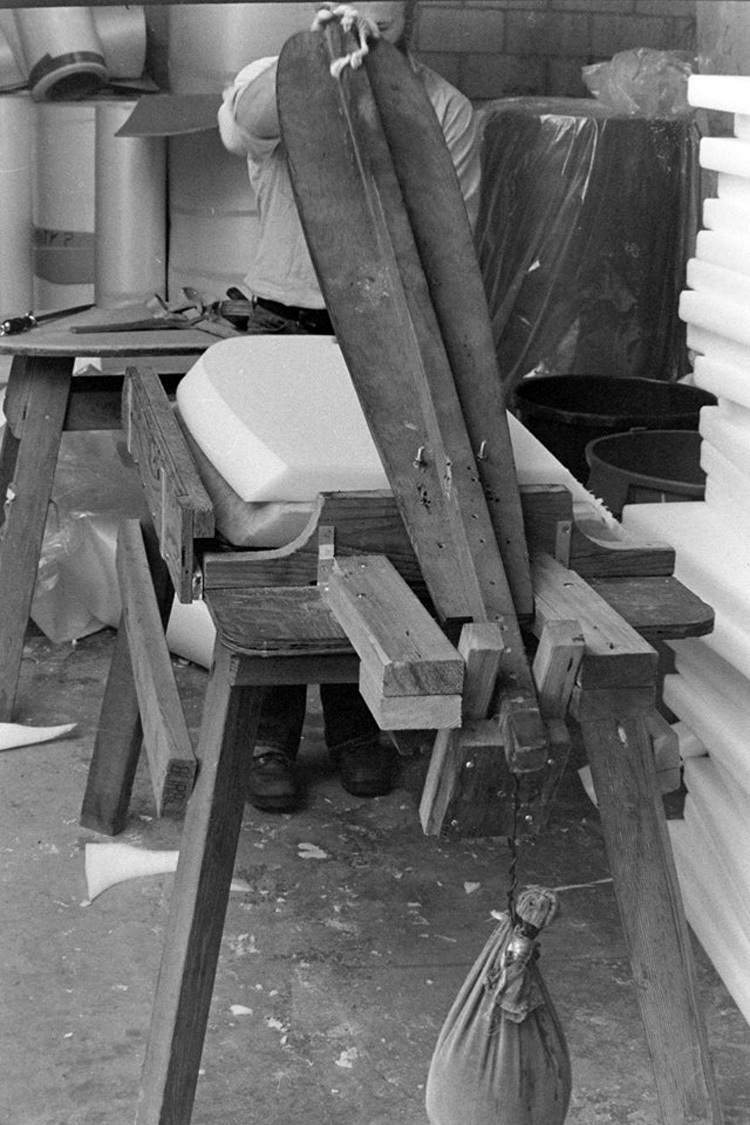
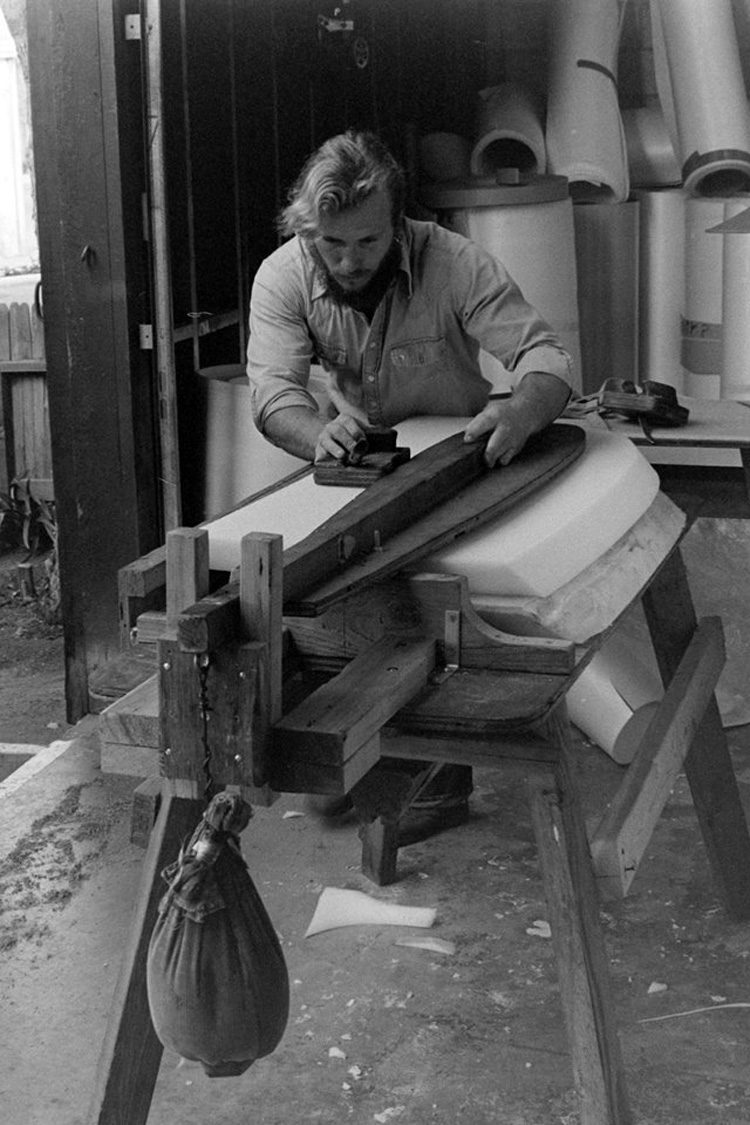
A wood template guide for cutting the rails is raised and from the blank with the help of a sandbag to offset the weight.
Then, the wood template lowered onto the board guides a wood fixture with a knife sticking through it to cut the rail angle and profile shape.
The right side has already been cut. Rolls of skins can be seen in the background.
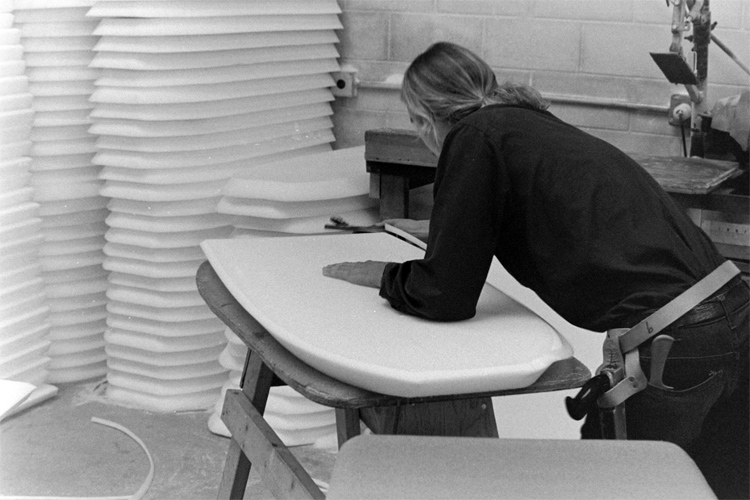
Skiving an angle onto the upper rail using another knife fixture.
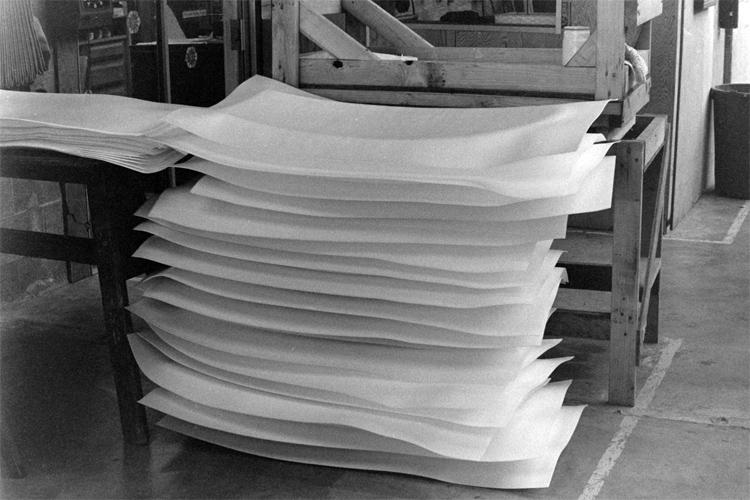
A stack of boards with top skin heat welded in place but not yet trimmed.
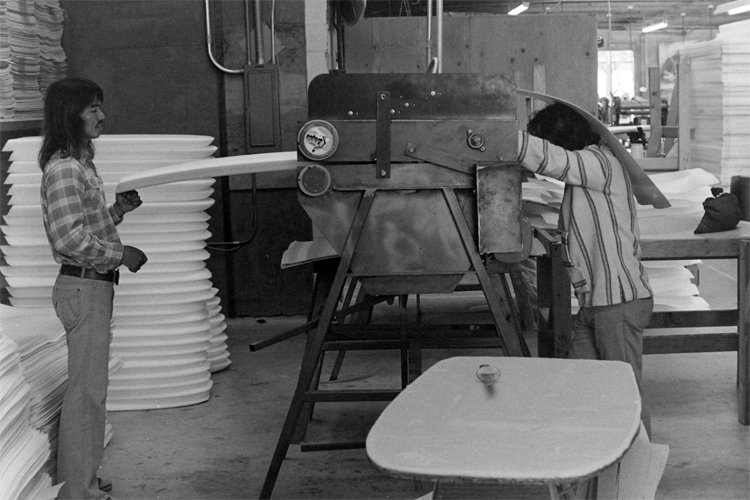
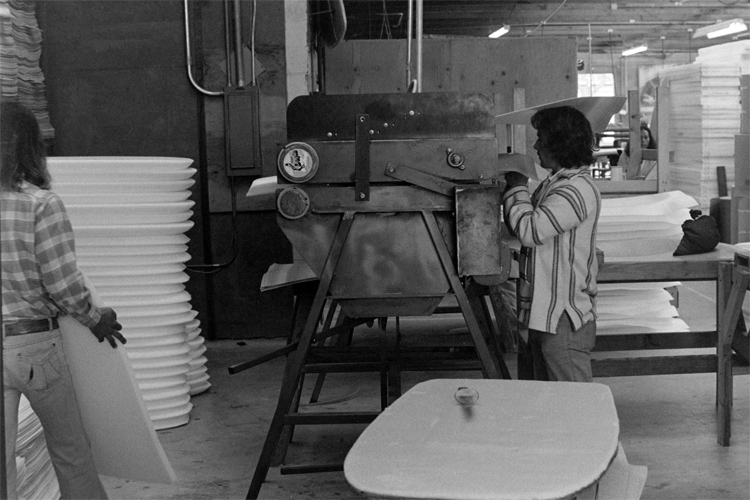
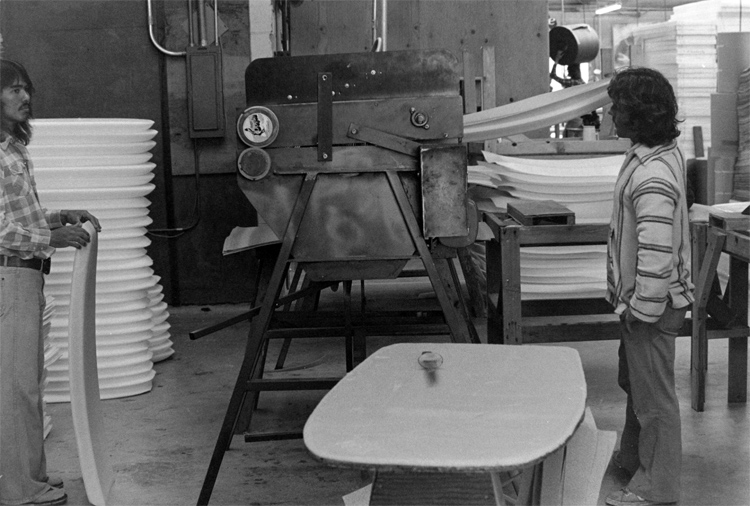
The employee on the left feeds in the blank, while the worker on the right feeds a skin into the rollers for bonding.
The nose of the board comes out of the heat bonder, and the skin rests on the worker's head while it is fed in.
Finally, the board and bonded skin emerge. The rocker was put into the board during this step, too.
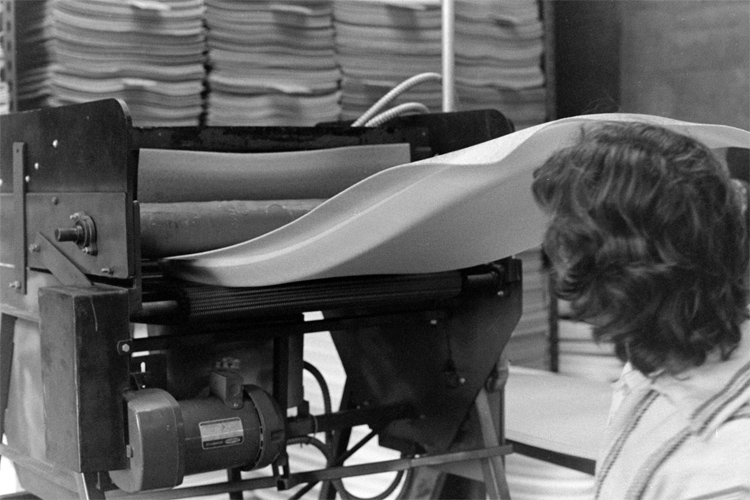
A board coming out of the heat bonding machine with top skin melted to the core. This was a significant advance over the use of brushed or sprayed glue.
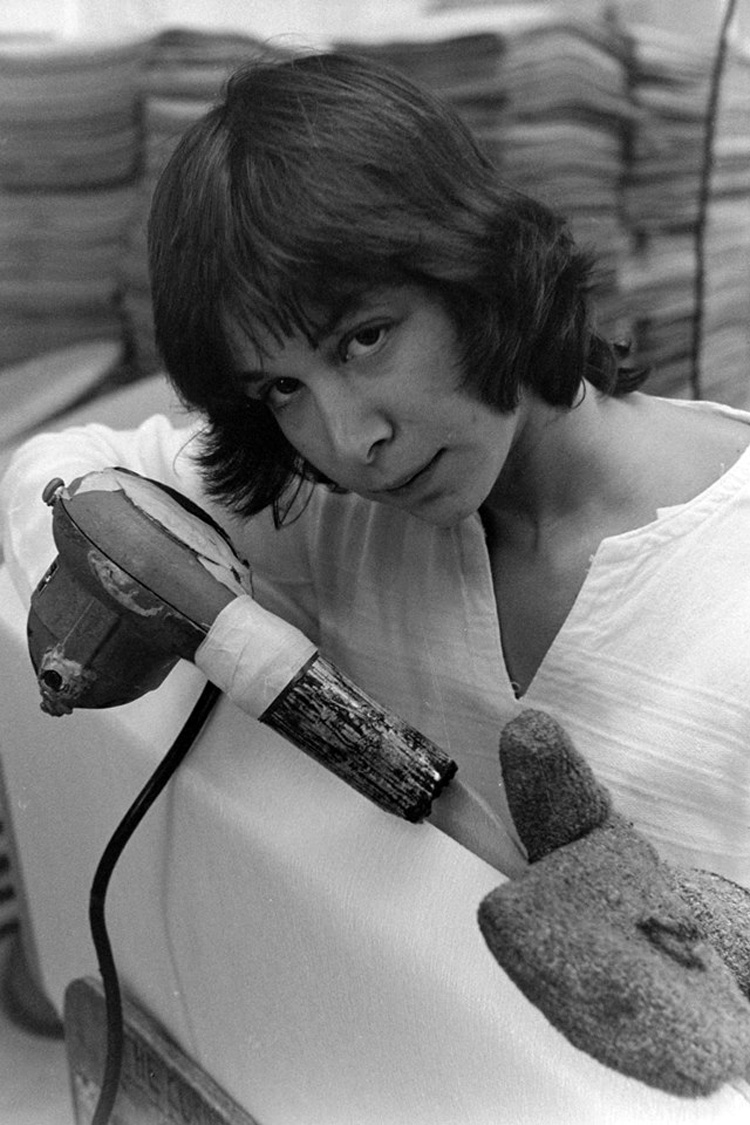
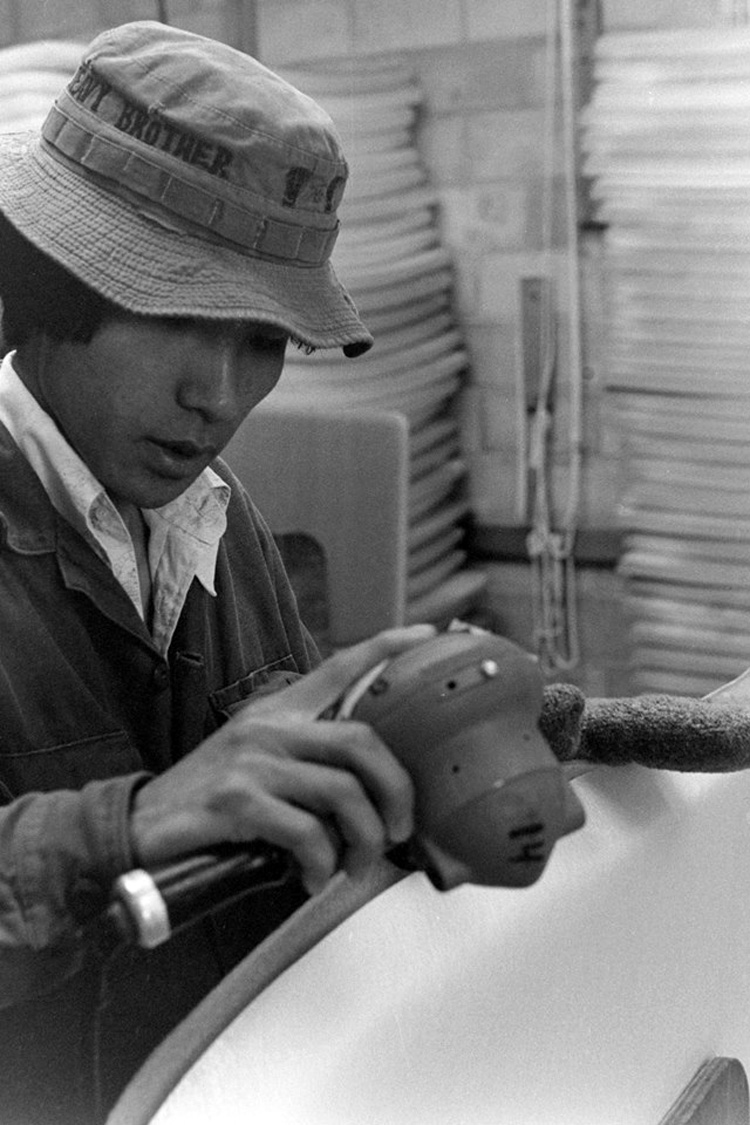
A heat gun and wet barbecue glove are used to finish off the heat welding of the rails. The wet glove is to keep the worker's hand from getting burned.
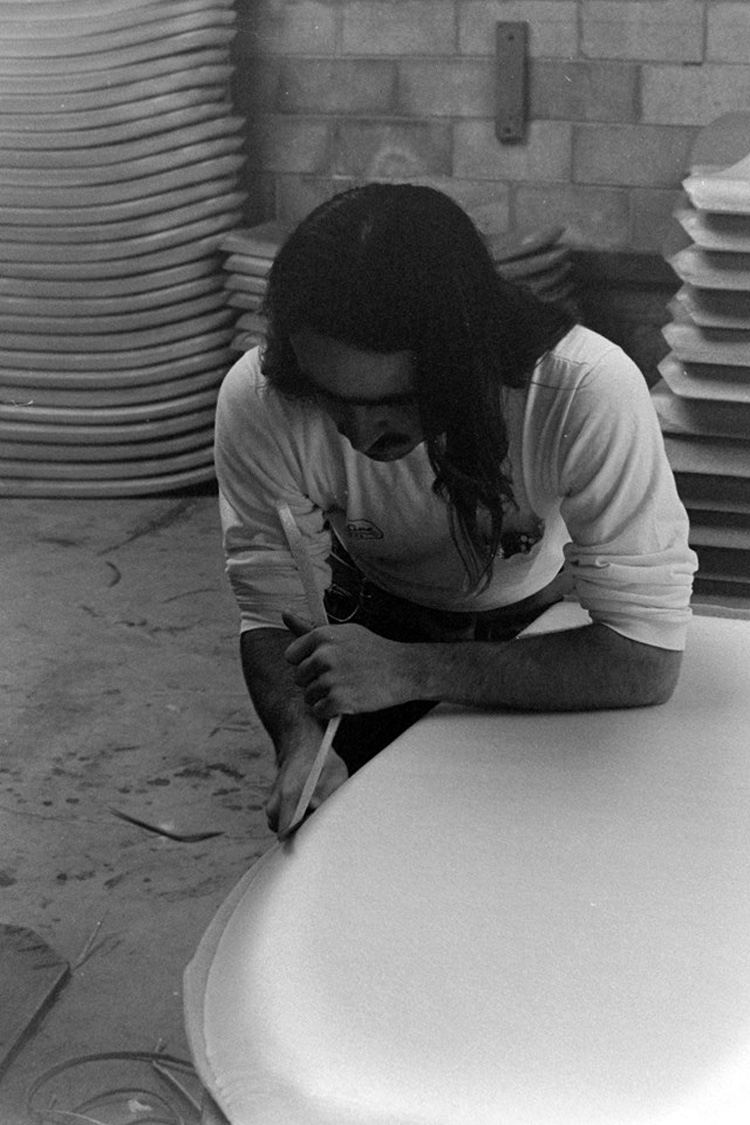
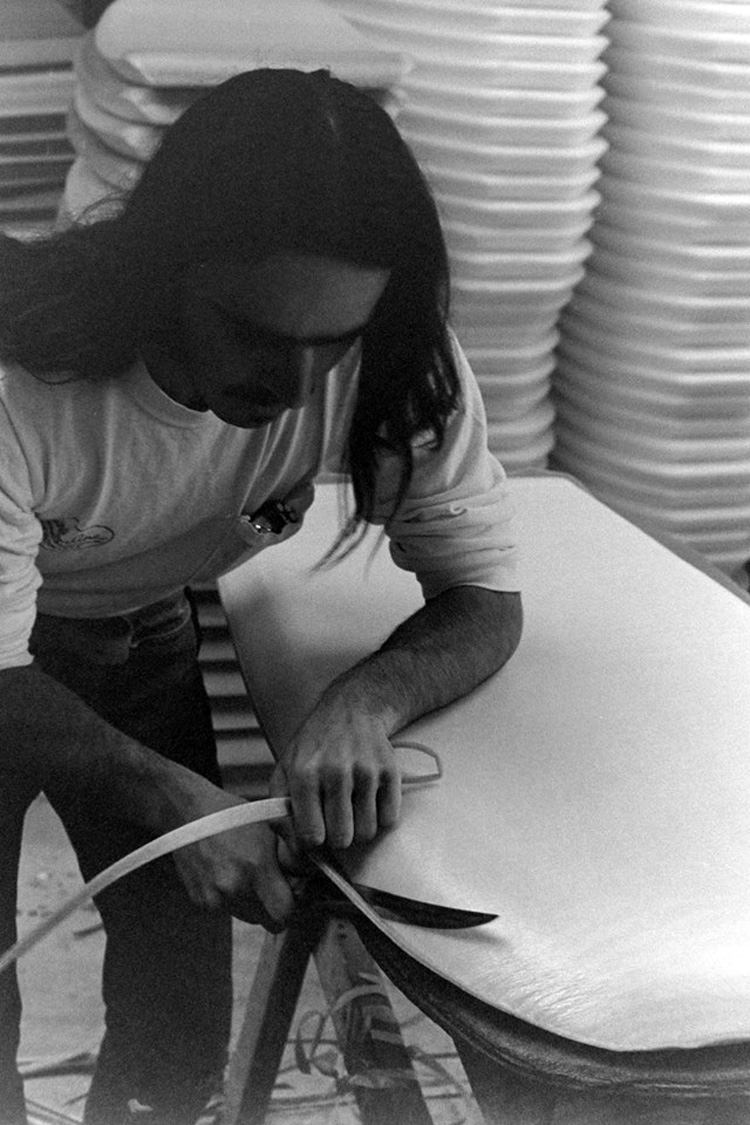
Employees used a hand-held knife to trim the excess foam from the rails.
A good amount of skill and experience was required to get this trim right, as there was no hiding the damage if the knife cut into the board too much.
3. The Packaging of the Morey Boogie Boards
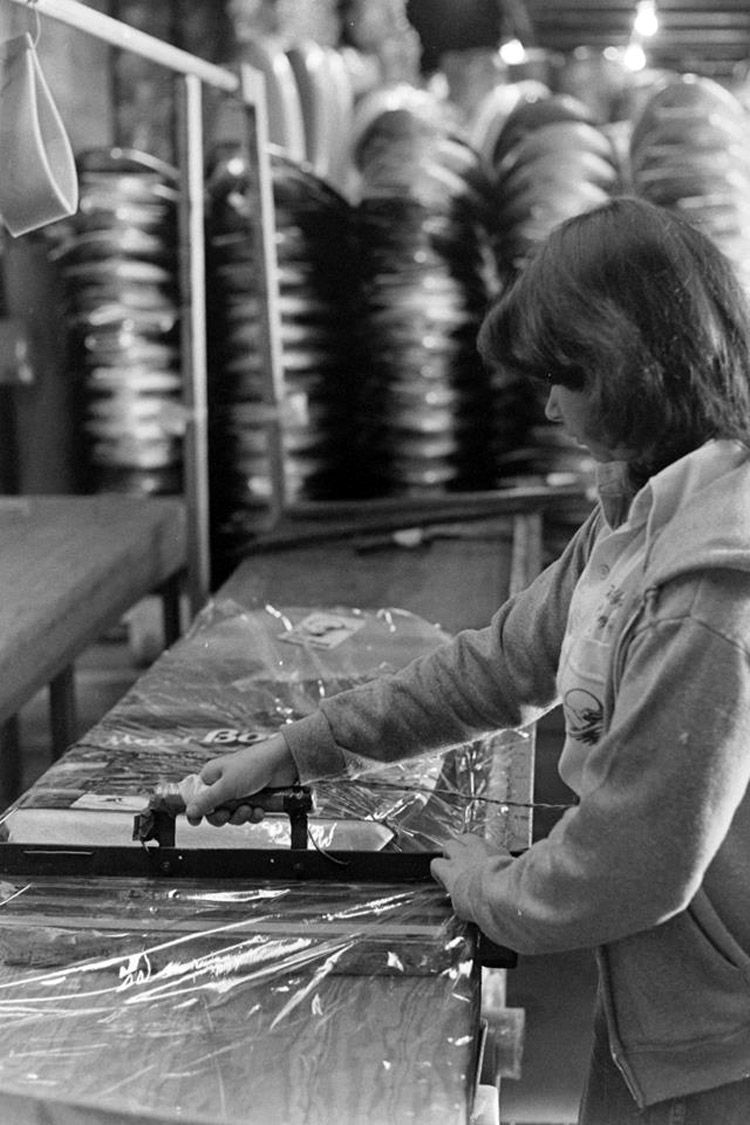
The board is pushed into a sleeve of heat-shrink plastic and sealed. Heating the whole thing tightens the shrink wrap.
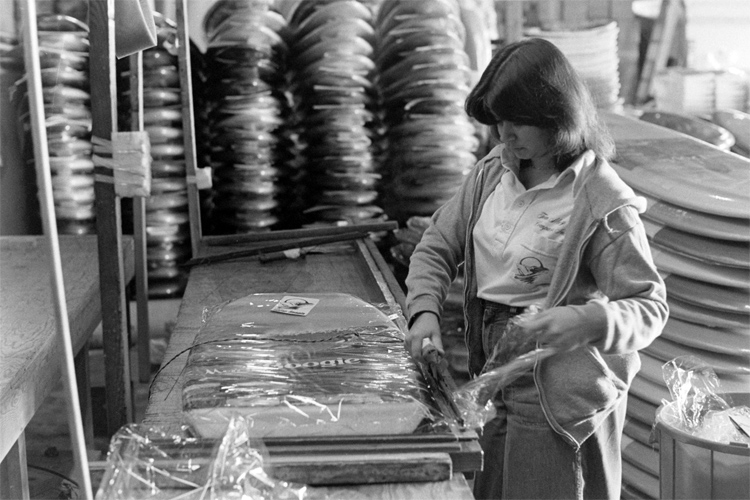
Sealing the side of the heat shrink "bag" using an electric heater bar.
Note the original Boogie logo on her Tom Morey & Co. polo shirt. Note also the decal that is shrink-wrapped into the package.
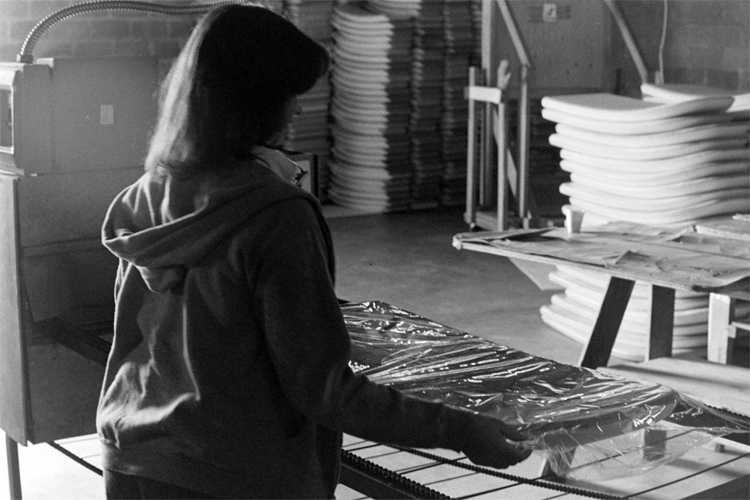
Feeding a board onto a belt drive that runs it through a tunnel of heat to shrink the wrap.
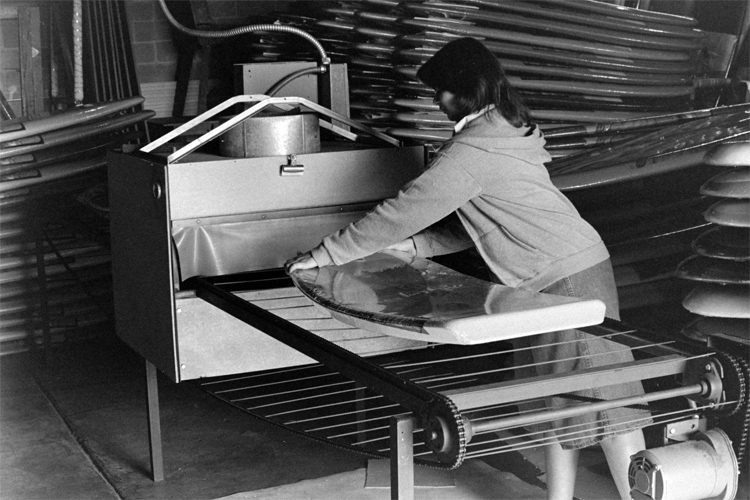
A board coming out of the wrap shrinking heat tunnel. Check out all the Doyle soft surfboards in the background.
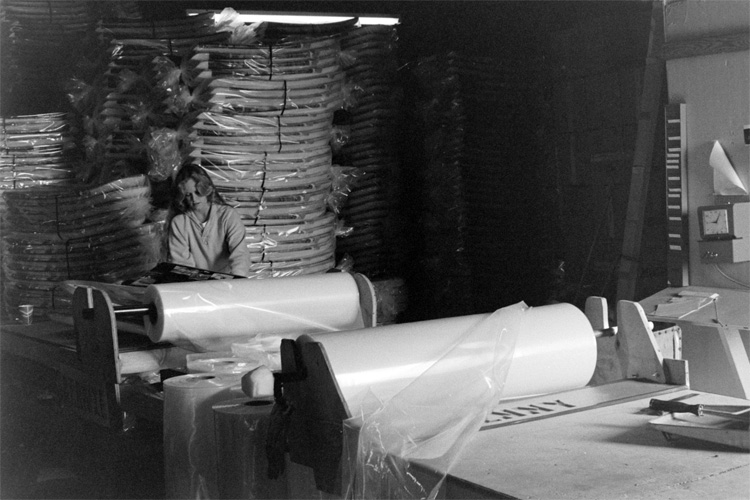
Bodyboards getting wrapped in plastic and banded in groups of five.
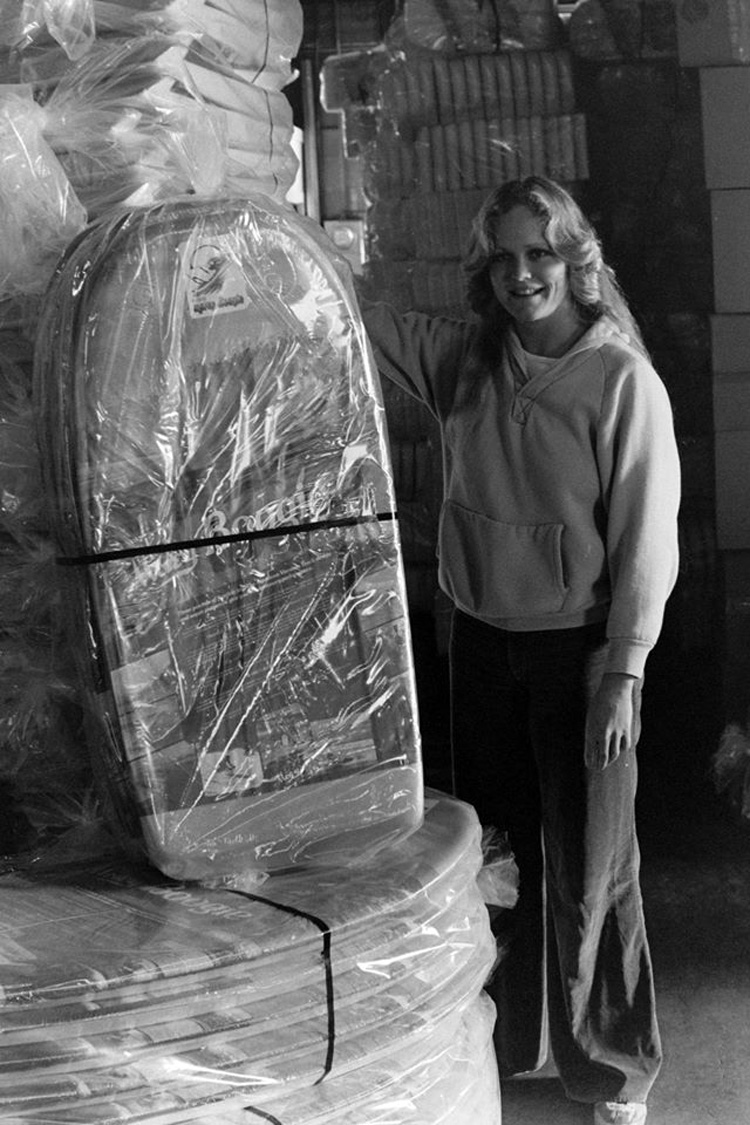
A five-pack of finished boards.
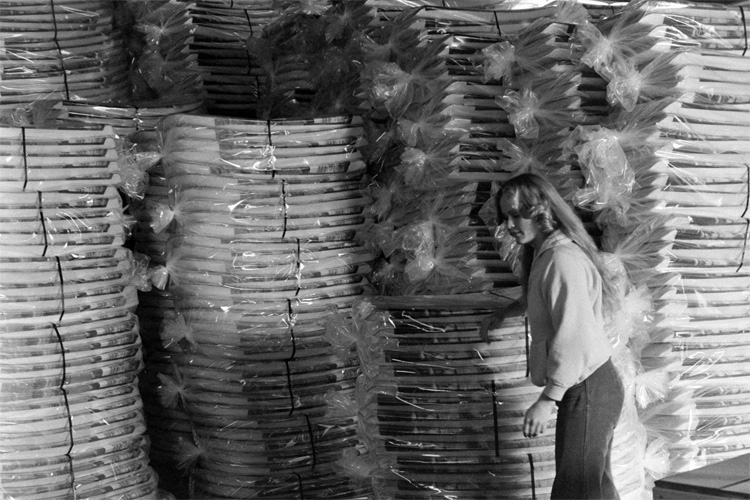
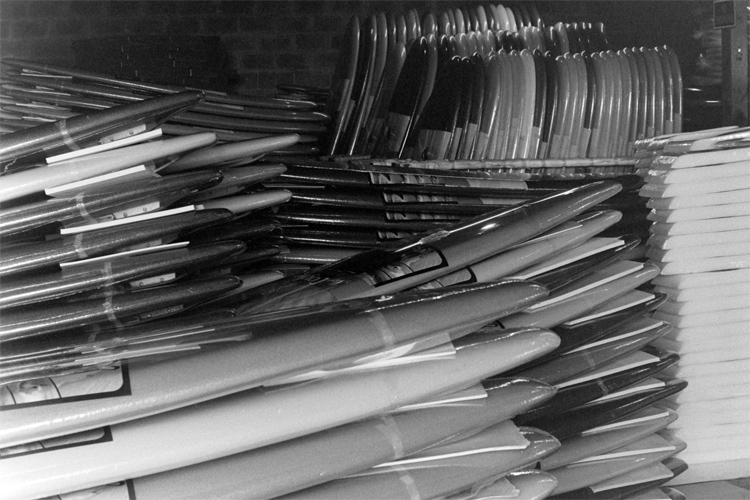
A warehouse full of brand new Morey Boogie boards and small kickboards.
4. The Marketing of the Morey Boogie
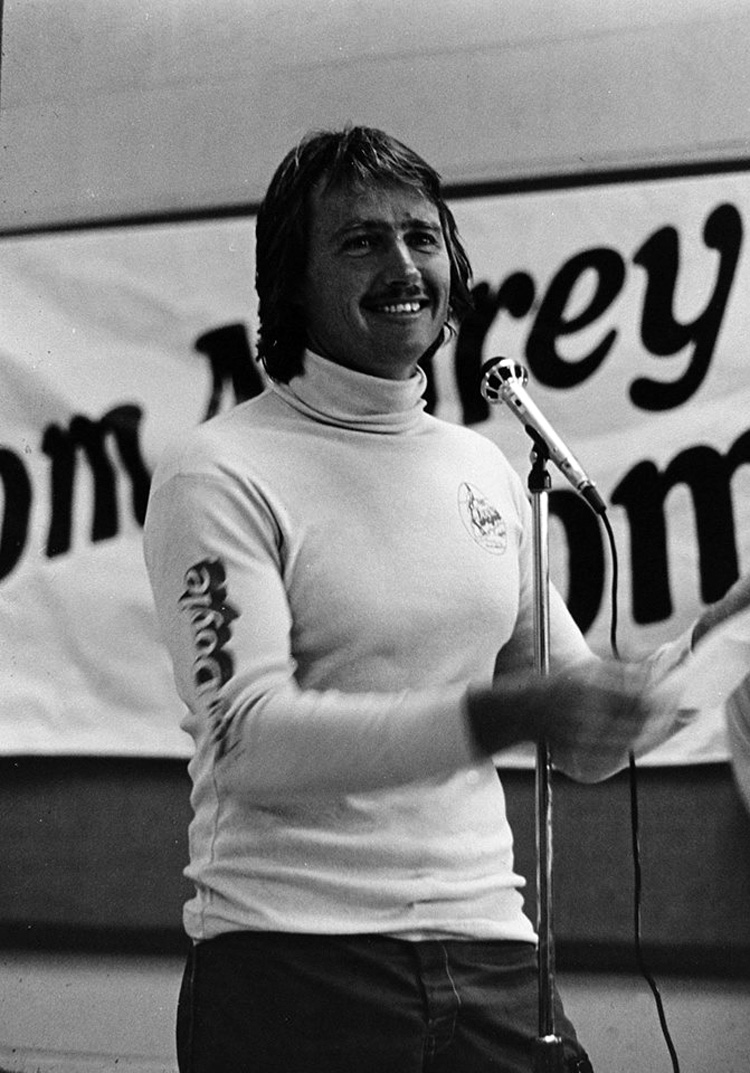
Tom Morey sponsored surfing and bodyboarding contests. It was a way of promoting his brand.
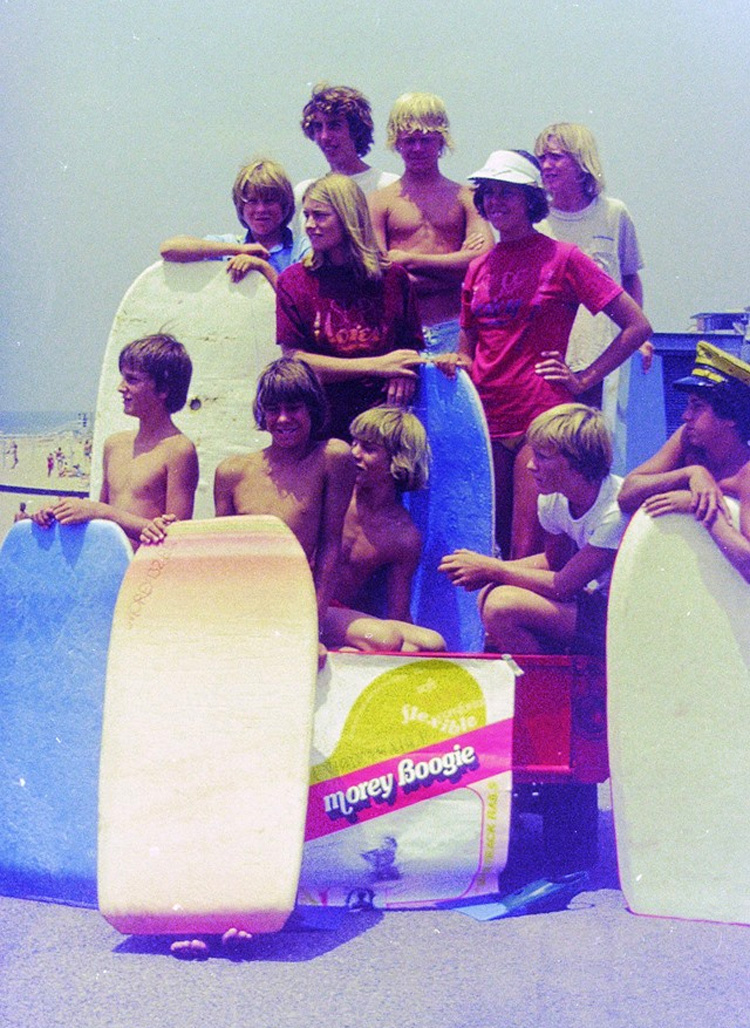
This is an early promo shot used on one of the first full-color boogie posters.
The early purple, black and yellow poster can be seen at the bottom of the photo.
Note the mixture of "dolphin skin" kit boards and factory rainbow deck boards. These were local Carlsbad friends of Tom and Marchia's.
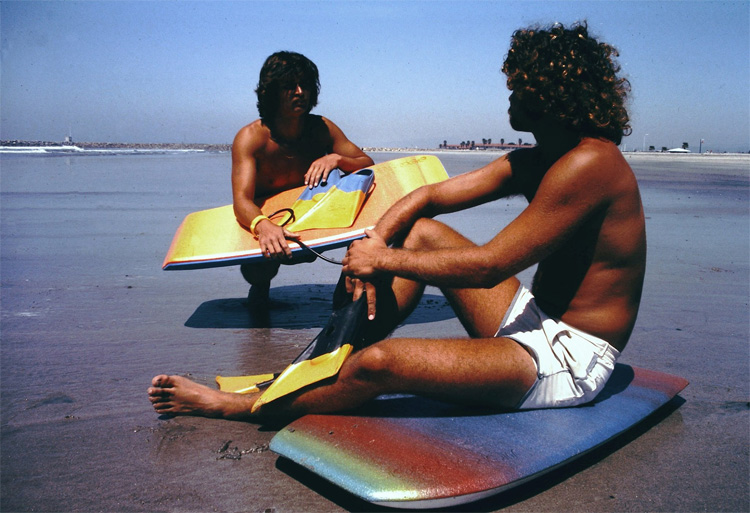
Bobby Szabad and Rick Broderson were one of the first to ride a boogie board.
This was a promo photo taken at Oceanside Harbor Beach when the rainbow skins were new. Note the "red edge" on Bobby's board.
It was an early attempt to increase stiffness by laminating red and blue layers of additional foam on the rails.
